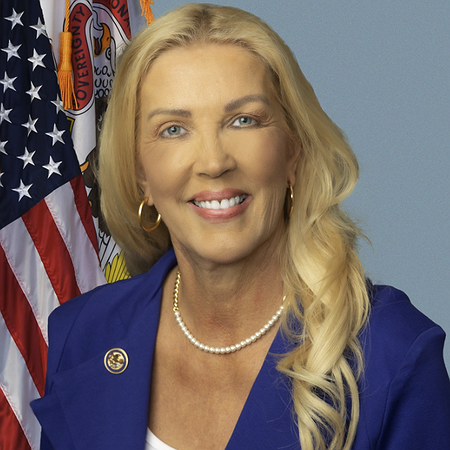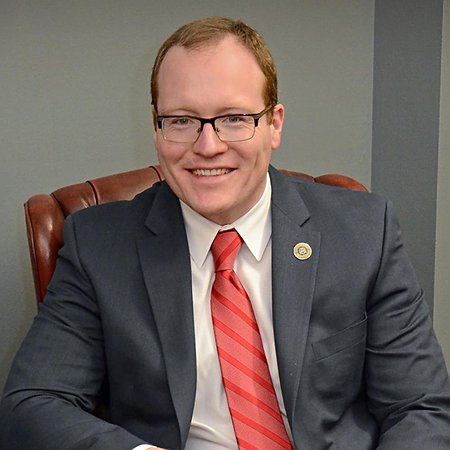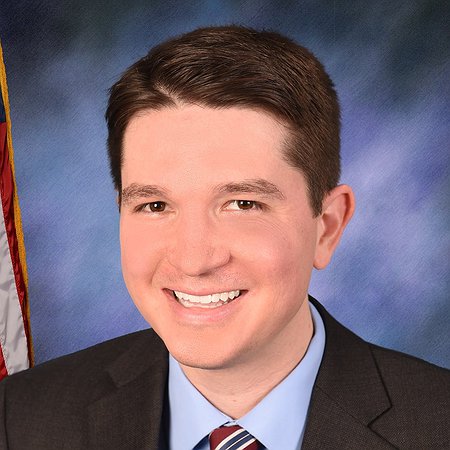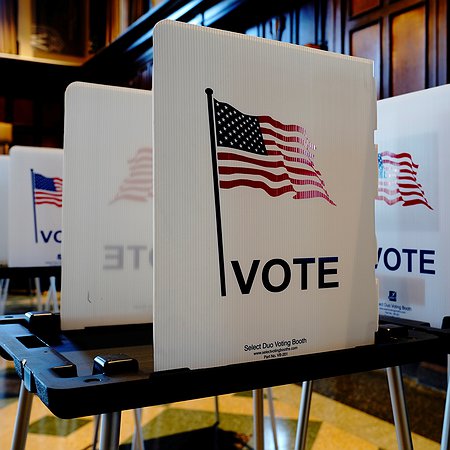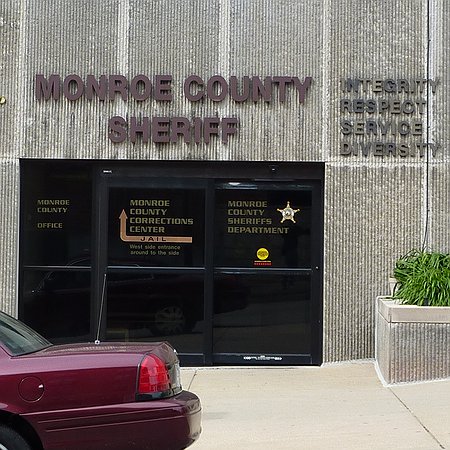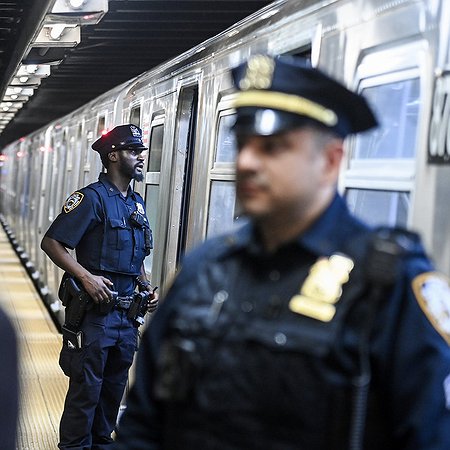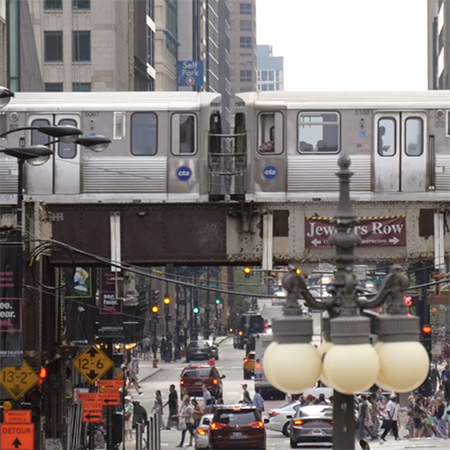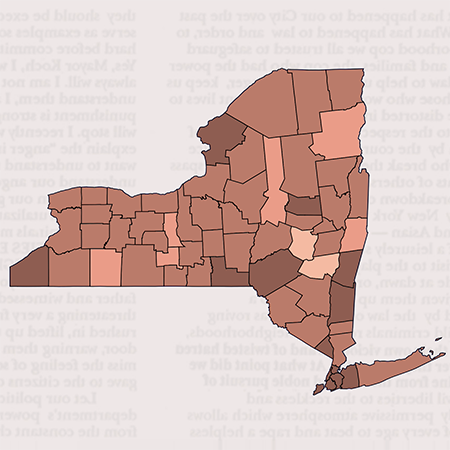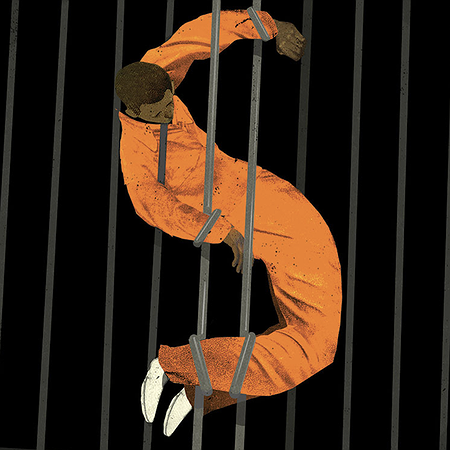
The Nation: Illinois Has Put an End to the Injustice of Cash Bail
Amid a national backlash against criminal justice reform, Illinois has achieved something extraordinary. It’s working better than anyone expected.
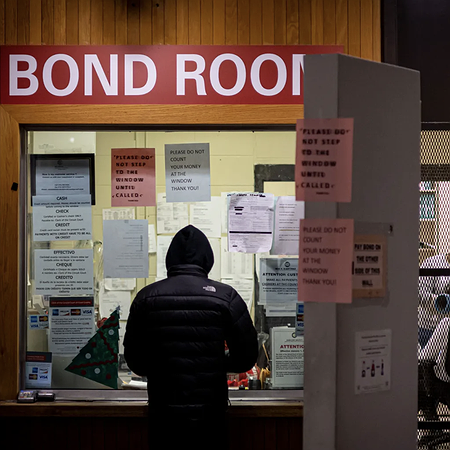
Chicago Tribune: State lawmakers: Our new justice system without money bond prioritizes public safety over wealth
Ending money bond was not just a legislative action about altering a legal procedure. It was a movement centered on reimagining the principles of fairness and justice within our criminal legal system.
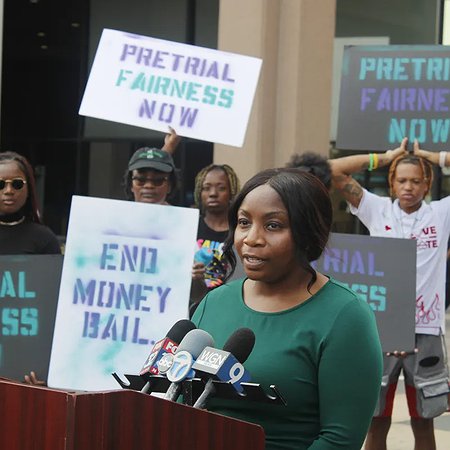
AOL: The end of money bond is facilitating a public health approach to substance use
Money bond has been a key driver of racial disparities, with Black and Brown individuals disproportionately incarcerated at staggering rates for minor offenses compared to white individuals. The Pretrial Fairness Act disrupts this pattern, providing much-needed reform.
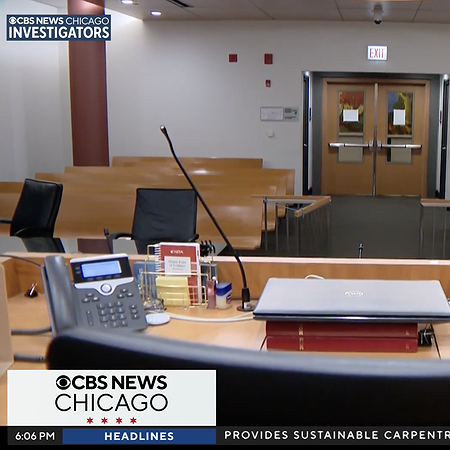
CBS News: End of cash bail in Illinois has not resulted in more crime, but has impacted court system
The biggest concern was that the abolition of cash bail would lead to a rise in crime. The bottom line from the first year of data since the Pretrial Fairness Act was implemented is that such a thing has not happened. In fact, violent crime and property crime are down.
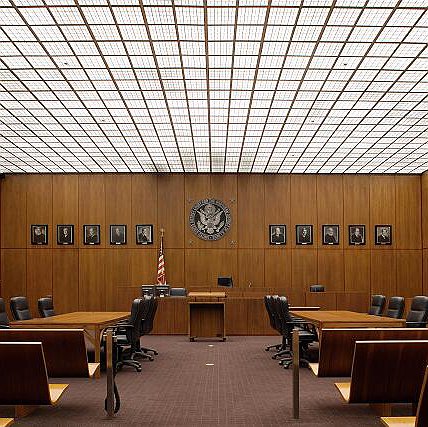
CBS News: End of cash bail in Illinois has not resulted in more crime, but has impacted court system
"The biggest concern was that the abolition of cash bail would lead to a rise in crime. The bottom line from the first year of data since the Pretrial Fairness Act was implemented is that such a thing has not happened. In fact, violent crime and property crime are down."

Brennan Center for Justice: Debunking Myths About Bail Reform and Crime
"In the most comprehensive study of the issue to date, Brennan Center researchers found no evidence that bail reform affects crime rates."

Illinois Times: Don't be fooled by fear tactics. Eliminating money bond is working.
"The Pretrial Fairness Act is just one component in building a more equitable and compassionate criminal justice system that prioritizes safety, rehabilitation and community well-being."

Chicago Tribune: 6 months after IL ended cash bail, jail populations are down
"In Cook County, the jail population has decreased by about 13%, comparing snapshot days in September and April, according to county data."
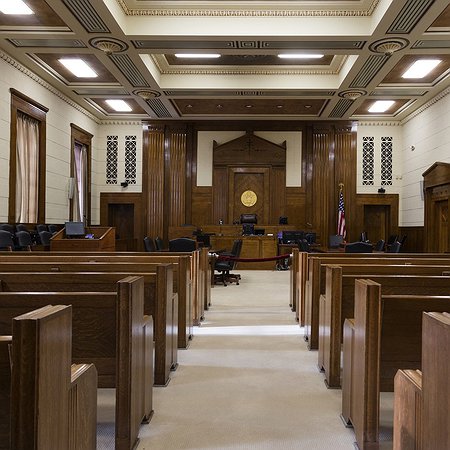
Sun-Times: End of cash bail in Illinois showing early signs of success
“'There’s a sense in the courtroom that taking money out of the equation has leveled the playing field,”' Cook County Judge Charles Beach said.

KSDK: In Illinois' new era without cash bail, recidivism and jail populations are trending lower
"For nearly three years, critics who railed against the abolishment predicted the state would suffer a dramatic spike in violent crime incidents or would see a string of repeat offenders roaming free. However, a variety of experts in the criminal justice fields—police, prosecutors, and public defenders alike—say so far, the opposite has happened."

Block Club: Jail population down, but state data on pretrial detention late
"The number of people incarcerated at Cook County Jail has dropped to a near-all-time low since the statewide abolition of cash bail took effect in September. But despite the success in the Chicago area, the state has still failed to comply with key transparency and accountability portions of the Pretrial Fairness Act intended to ensure judges apply the bond reform law fairly across Illinois."

Sun-Times: Cook County Jail population shrinks after elimination of cash bail
"The Cook County Jail population has dipped below 5,000 for only the second time in nearly four decades, a drop experts are linking to Illinois’ historic elimination of cash bail on Sept. 18."

